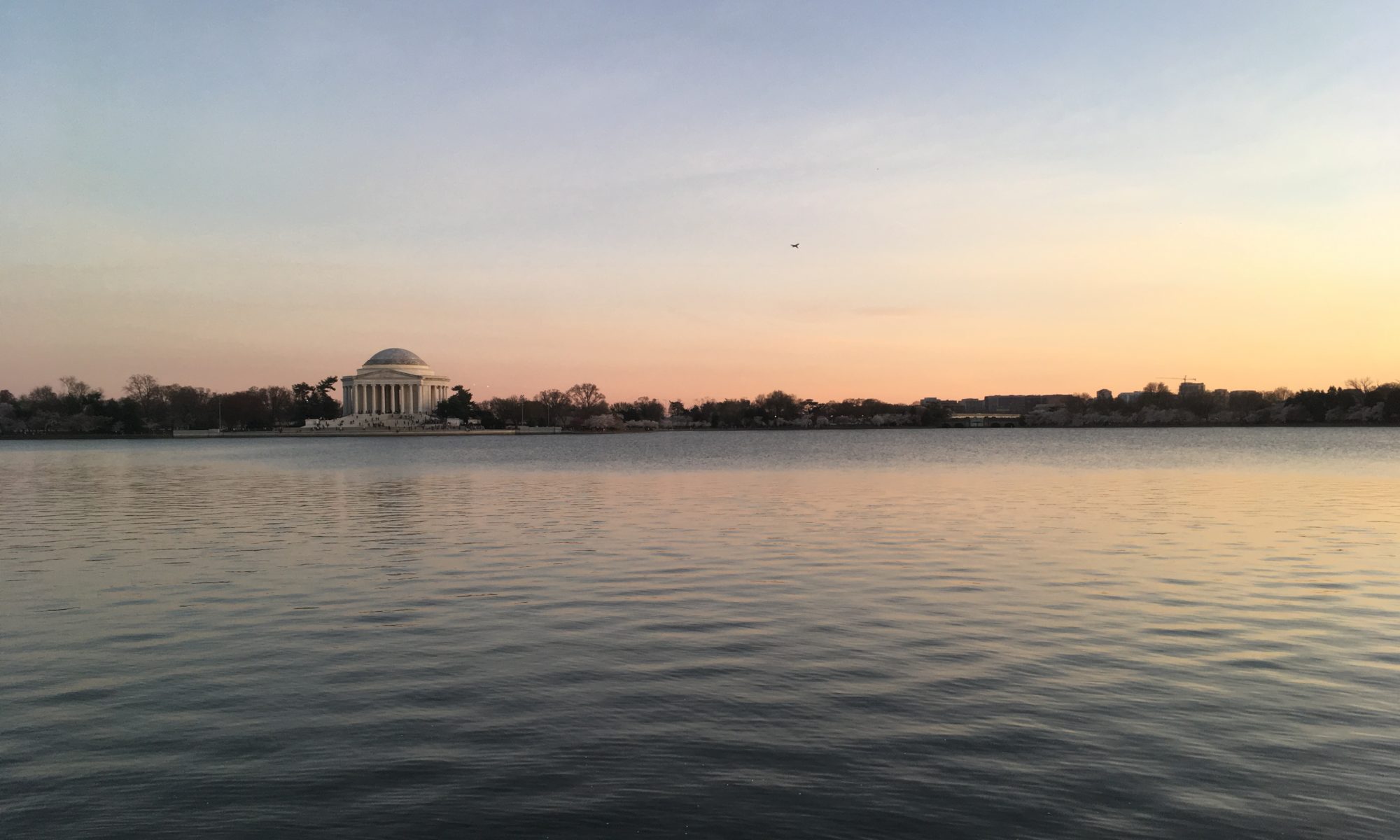–Interpreting for a unique ceramic artist

At the end of April, I interpreted for a talk at the Walters Art Museum in Baltimore. Ms. Satoko Fujikasa, an artist who creates sculptural forms with ceramic (and whose piece, “Seraphim,” is at the museum), presented at a special event for museum sponsors. Her work is in between pottery and sculptures, and defies categorization. I think it’s absolutely beautiful, especially how the ceramic material seems so light, aerial and elegant, defying gravity, even though clay is dense and heavy.
Ms. Fujikasa’s talk
In her talk, Ms. Fujikasa shared how, even though she was a ceramics student in college, she wasn’t quite satisfied making regular bowls, plates, and vessels. She found her calling when she saw a photo of the Antelope Canyon, and felt compelled to recreate its beautiful curves. She shared how she tried many different techniques until she found that coiling was the best one, and that she meticulously builds the forms from the bottom up.
Ms. Fujikasa is such a sweet and humble person, which is especially inspiring for someone who found success at such a young age. So many staff members at the museum came up to her and said that hers was their favorite work. Prior to the talk, the Deputy Director of Art (who was in charge of the museum’s Asian art collection) gave a tour of the museum and showed Ms. Fujikasa how Seraphim is displayed. She had placed it in a room by itself, set up in a lit glass case against a black wall, and surrounded by a semi-circular sofa for visitors to sit down and admire at length. Ms. Fujikasa seemed incredibly touched that her work received so much care and attention, and said that she was ready to cry. As an interpreter, I always feel very lucky to have the chance to meet artists and hear the thoughts behind their work. In this case, seeing the artist interacting with curators was even more special. The Deputy Director of Art said that she initially worried that she might not know which angle to display Seraphim in–but that once she saw it, she was pleasantly surprised to find what seemed to be the front. She asked Ms. Fujikasa if her interpretation of the “front” was correct, and seemed overjoyed when Ms. Fujikasa gave an appreciative yes. It was so cool to see this moment, when art professionals connect beyond differences in nationality and language. Seeing Ms. Fujikasa’s warm personality, it was no wonder that those around her (her husband, also an artist, helped her throughout the event and was her official photographer) were also kind.
The conversations between Ms. Fujikasa and the sponsors of the museum, some of whom had bought “Seraphim” and gifted it to the museum, were also fascinating. They were so knowledgeable about Japanese art, both in terms of artists and various movements. One of the sponsors asked Ms. Fujikasa if she’s better known in Japan or overseas, and that it was rare to see an artist succeed straight out of school in Japan. Ms. Fujikasa agreed that she is very fortunate that her work is popular overseas, and that especially in the ceramics world in Japan, traditional pieces made by experienced masters are more valued.

Finding your niche
On a personal note, I love how she kept trying different methods until she found her calling. I have so many different interests in writing, interpretation, communications and more, that I worry if I’m too fickle or scatterbrained. I know that trial and error is the only way to find what combinations are the best fit, but I often end up comparing myself to others, feeling bad that I’m still looking for my niche.
I also spend a lot of time sitting at my desk, looking things up on the internet and assuming that success is difficult to achieve (e.g. “how could I make a living, considering so few people make it?”). Which is not only silly but dangerous, because I get discouraged and end up doing nothing. Ms. Fujikasa’s talk showed that taking action and questioning the status quo are important first steps. She asked to take sculpture classes even as a Ceramics major, and asked her professor if she could work on her passion project instead of given assignments. It’s motivated me to do the same. I plan to try more, ask more, and do more–and move forward, one step at a time.
